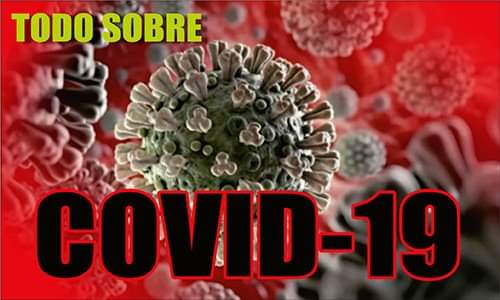
In several municipalities in the province of Las Tunas, 16 rabbit producers are getting ready to be part of a new method of food production through rustic modules.
Las Tunas, Cuba.- To substitute imports and bring more supplies to the menu, the initiative stimulates the increase of this species, a priority for the country that becomes even more necessary in times of COVID-19.
Given the importance of increasing production, various solutions and alternatives have been sought due to the lack of imported productive inputs. Such is the case of the new project of rustic modules, in which innovation is promoted with the use of locally manufactured implements.
According to Osmani Medina Blanco, head of production at the Small Cattle Company (EGAME) and also the coordinator of the activity, “the Rabbit Farms Project began with the selection of producers with high potential and then to train them.”
The first stage, after preparation, will be marked by the construction of the buildings with a capacity for 100 reproducers, which will be sponsored by EGAME with the cages, the drinkers, and the broodstock. The selection criteria of the breeders adhered to the conditions of their lands, the existence of protein plants, an efficient water supply, and the positive results of their productions.
Although for many of them the link with the Creole breed of rabbits is already quite motivating, the project is also a driving force in their prospects of increasing the farms. This criterion was endorsed by Pedro Remedios Tapia, from the community of Santa Librada, in the capital municipality, who is one of the selected producers.
Idania Aguilera, from the Pedro Marrero cooperative, still cannot know how far she will go with this initiative; she, however, is certain that she will do her best to make it prosperous and gigantic. “Before, I helped my husband with these tasks, but now I have the possibility of having my own animals. The work will be strong and sacrificed, but it does not matter, because it will serve for the development of the country and my family,” she values, as well as the others involved.
The integration in the project of several decisive sectors to achieve these efforts also highlights. "We have joined with the direction of the Credit and Commerce Bank, the Pasture and Forage Station, the University, and the Agroforestry Company of the province, to pave the way and that the producers can advance in this task," the coordinator said.
It is certainly a comprehensive program that promises positive results and more food for the people. "Each of these contributions must be paid to the Small Cattle Company and it is expected, with them, the obtaining of more than 50 tons of rabbit meat, once the full potential of the project is in optimal operation", Medina Blanco concluded.





